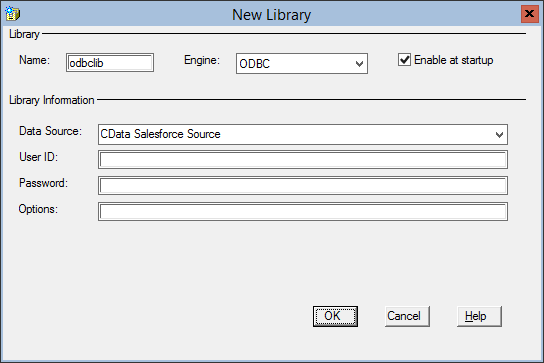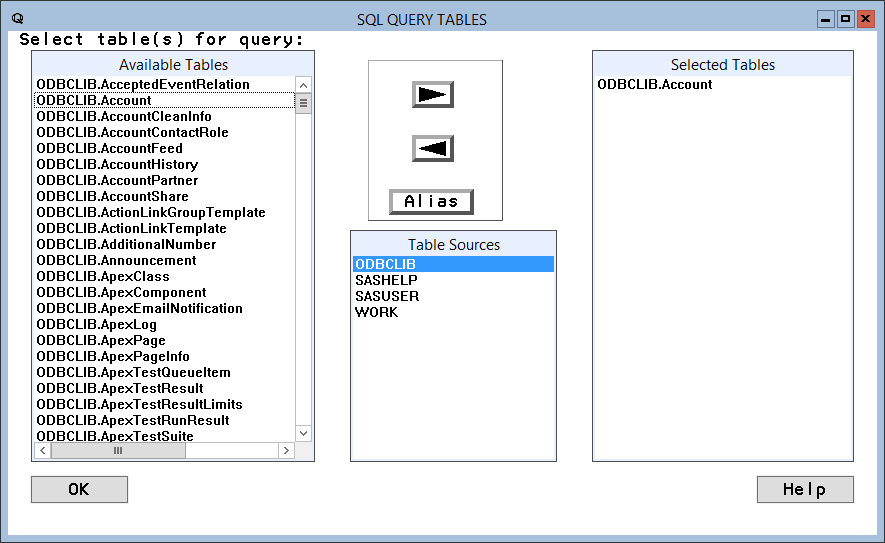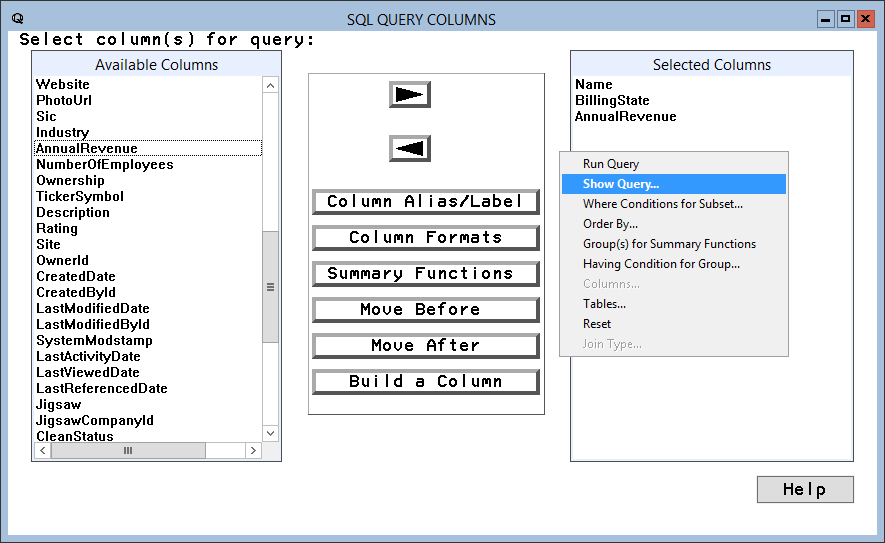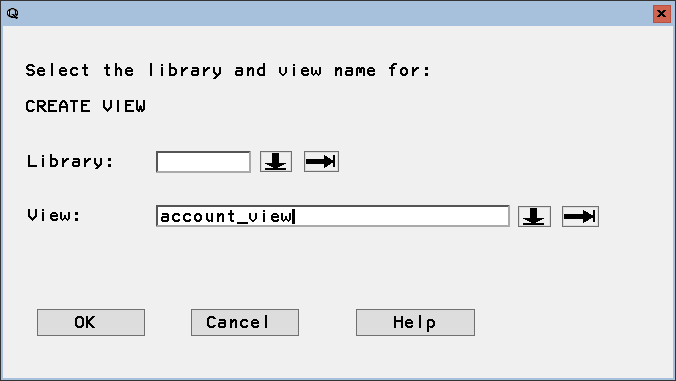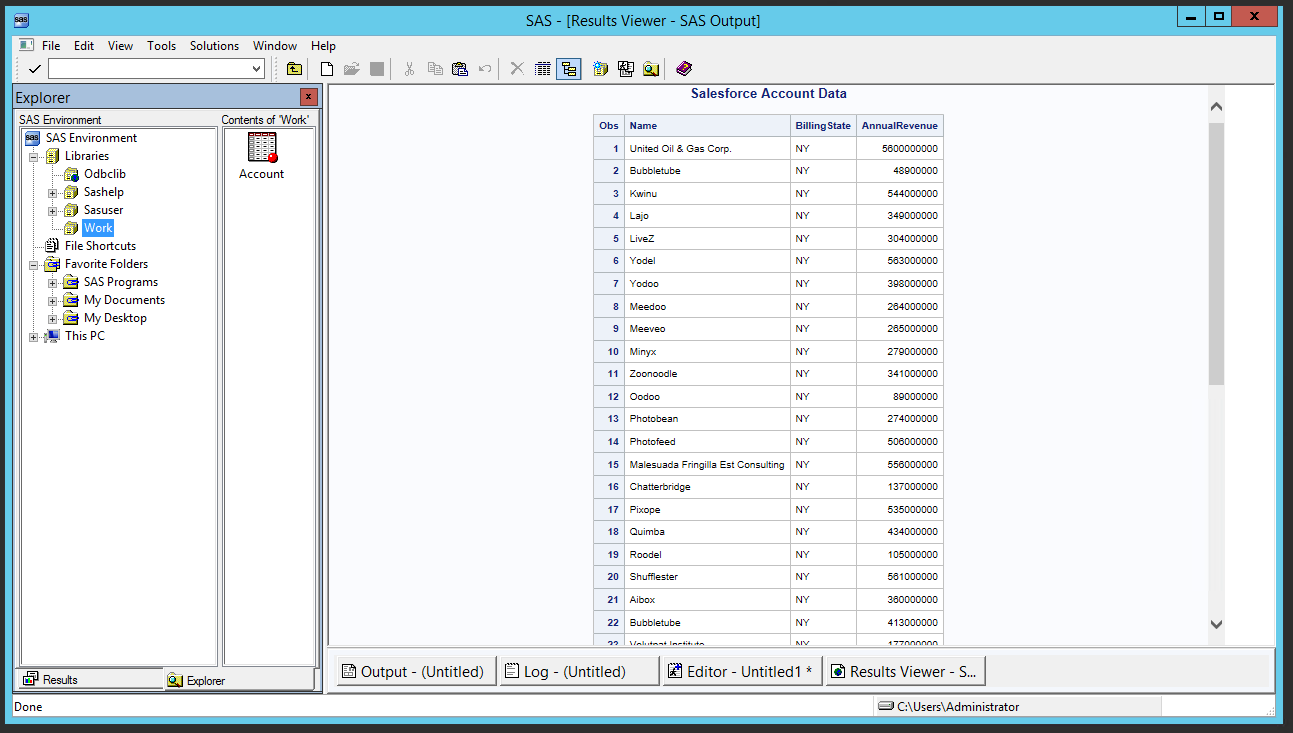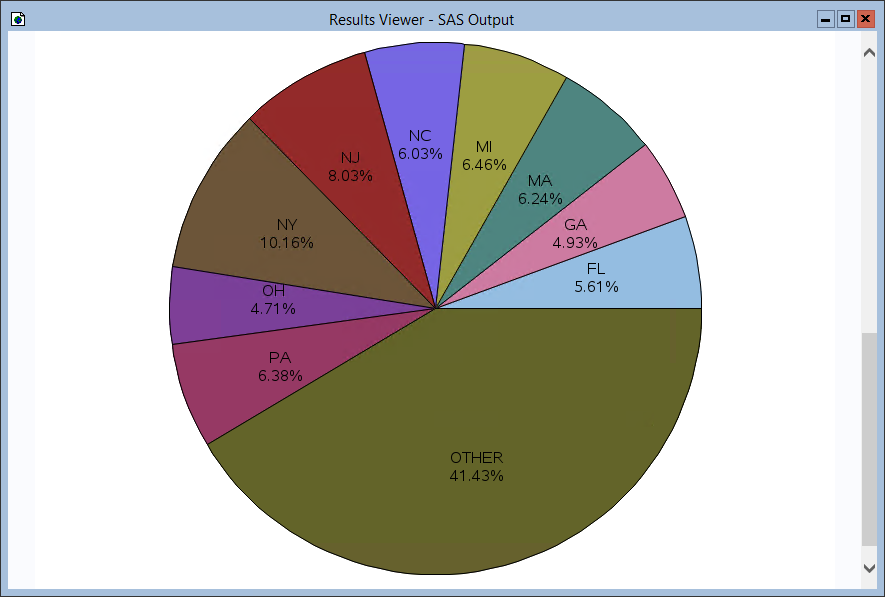Discover how a bimodal integration strategy can address the major data management challenges facing your organization today.
Get the Report →Use the CData ODBC Driver for Workday in SAS for Real-Time Reporting and Analytics
Connect to real-time Workday data in SAS for reporting, analytics, and visualizations using the CData ODBC Driver for Workday.
SAS is a software suite developed for advanced analytics, multivariate analysis, business intelligence, data management, and predictive analytics. When you pair SAS with the CData ODBC Driver for Workday, you gain database-like access to live Workday data from SAS, expanding your reporting and analytics capabilities. This articles walks through creating a library for Workday in SAS and creating a simple report based on real-time Workday data.
The CData ODBC Driver offers unmatched performance for interacting with live Workday data in SAS due to optimized data processing built into the driver. When you issue complex SQL queries from SAS to Workday, the driver pushes supported SQL operations, like filters and aggregations, directly to Workday and utilizes the embedded SQL engine to process unsupported operations (often SQL functions and JOIN operations) client-side. With built-in dynamic metadata querying, you can easily visualize and analyze Workday data in SAS.
Connect to Workday as an ODBC Data Source
Information for connecting to Workday follows, along with different instructions for configuring a DSN in Windows and Linux environments (the ODBC Driver for Workday must be installed on the machine hosting the SAS System).
To connect, there are three pieces of information required: Authentication, API URL, and WSDL URL.
Authentication
To authenticate, specify your User and Password. Note that you must append your Tenant to your User separated by an '@' character. For instance, if you normally log in with 'geraldg' and your Tenant is 'mycompany_mc1', then your User should be specified as 'geraldg@mycompany_mc1'.
API URL
The API URL may be specified either directly via APIURL, or it may be constructed from the Tenant, Service, and Host. The APIURL is constructed in the following format: <Host>/ccx/service/<Tenant>/<Service>.
WSDL URL
The WSDLURL may be specified in its entirety, or may be constructed from the Service and WSDLVersion connection properties. The WSDLURL is constructed in the following format: https://community.workday.com/sites/default/files/file-hosting/productionapi/<Service>/<WSDLVersion>/<Service>.wsdl
When you configure the DSN, you may also want to set the Max Rows connection property. This will limit the number of rows returned, which is especially helpful for improving performance when designing reports and visualizations.
Windows
If you have not already, first specify connection properties in an ODBC DSN (data source name). This is the last step of the driver installation. You can use the Microsoft ODBC Data Source Administrator to create and configure ODBC DSNs.
Linux
If you are installing the CData ODBC Driver for Workday in a Linux environment, the driver installation predefines a system DSN. You can modify the DSN by editing the system data sources file (/etc/odbc.ini) and defining the required connection properties.
/etc/odbc.ini
[CData Workday Sys]
Driver = CData ODBC Driver for Workday
Description = My Description
User = myuser
Password = mypassword
Tenant = mycompany_gm1
Host = https://wd3-impl-services1.workday.com
For specific information on using these configuration files, please refer to the help documentation (installed and found online).
Create a Workday Library in SAS
Connect to Workday in SAS by adding a library based on the CData ODBC Driver for Workday.
- Open SAS and expand Libraries in the Explorer pane.
- In the Active Libraries window, right-click and select New.
- Name your library (odbclib), select ODBC as the Engine, and click to Enable at startup (if you want the library to persist between sessions).
- Set Data Source to the DSN you previously configured and click OK.
![Creating a library for Workday in SAS.]()
Create a View from a Workday Query
SAS natively supports querying data either using a low-code, point-and-click Query tool or programmatically with PROC SQL and a custom SQL query. When you create a View in SAS, the defining query is executed each time the view is queried. This means that you always query live Workday data for reports, charts, and analytics.
Using the Query Tool
- In SAS, click Tools -> Query
- Select the table sources and the table(s) you wish to pull data from. Then, click OK.
![Selecting table(s) to visualize.]()
- Select columns and right-click to add filtering, ordering, grouping, etc.
![Selecting columns(s) to visualize and configuring the query.]()
- Create a local view to contain the query results by right-clicking the SQL Query Tool window, selecting Show Query, and clicking Create View. Name the View and click OK.
![Create a local view to work with Workday data.]()
Using PROC SQL
- In SAS, navigate to the Editor window.
- Use PROC SQL to query the data and create a local view.
NOTE: This procedure creates a view in the Work library. You can optionally specify a library in the create view statement.proc sql; create view workers_view as select worker_reference_wid, legal_name_last_name from odbclib.workers where Legal_Name_Last_Name = 'Morgan'; quit; - Click Run -> Submit to execute the query and create a local view.
Report On or Visualize Workday Data in SAS
With a local view created, you can report, visualize, or otherwise analyze Workday data using the powerful SAS features. Print a simple report using PROC PRINT and create a basic graph based on the data using PROC GCHART.
Print an HTML Report
- In SAS, navigate to the Editor window.
- Use PROC PRINT to print an HTML report for the Workday Workers data.
proc print data=workers; title "Workday Workers Data"; run;
![A simple Workday data report.]()
Print a Chart
- In SAS, navigate to the Editor window.
- Use PROC GCHART to create a chart for the Workers data.
proc gchart data=workers; pie worker_reference_wid / sumvar=legal_name_last_name value=arrow percent=arrow noheading percent=inside plabel=(height=12pt) slice=inside value=none name='WorkersChart'; run;![A simple Workday data chart.]()






